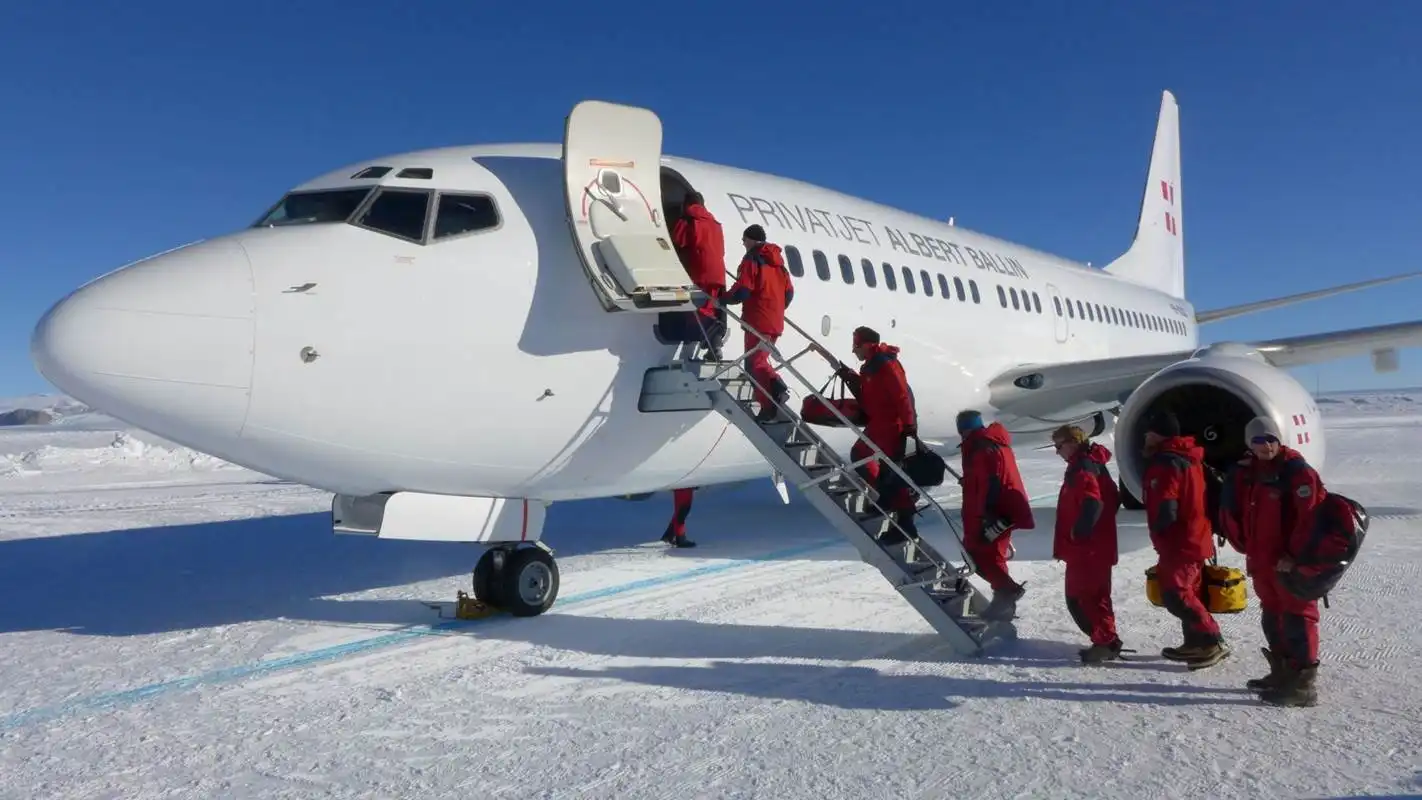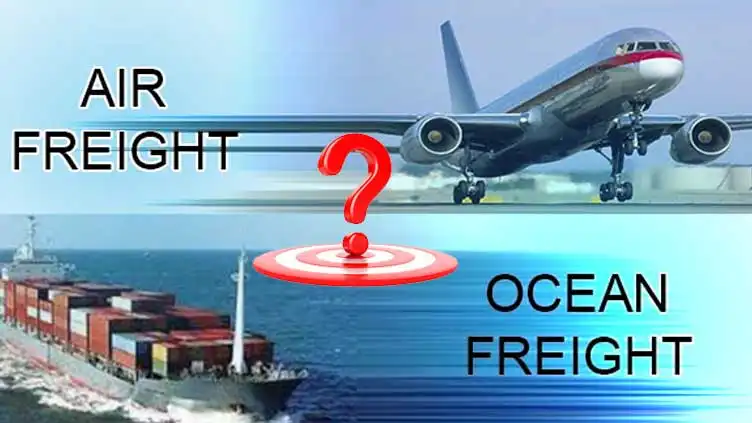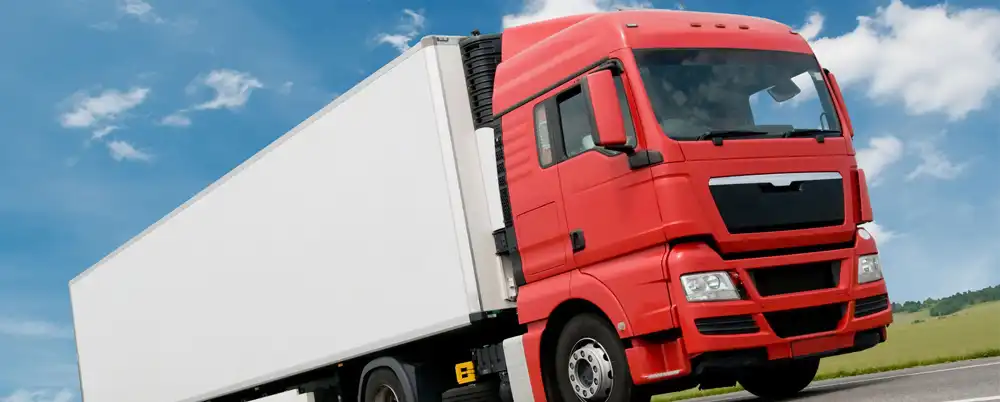Gone are the days when Antarctica used to be a lonely continent! In the Past, explorers and scientists visiting the continent would walk for days in extreme conditions because none of the transport facilities available to humankind were available.
That picture has changed with more technological innovations coming to the fore. Thanks to these innovations and inventions, the transport system is nowadays very much developed today in this continent, with goods being transported regularly and efficiently.
Road Transport Vehicles designed to run on Antarctica have to be built specially to deal with the extremely cold and windy conditions. Naturally, conventional vehicles cannot be used because of the weather and the poor condition of roads, not to mention the snow and ice.
Among cars, Volkswagen was the first to build cars designed for conditions specific to this area, even naming this line of cars, Antarctica! Nowadays, AT44 6×6 cars are used to ferry cargo and goods to NGOs and scientific project professionals working there. The cargo includes fuel, snowmobiles, even skiing equipment. These tire-based cars are strong-built and well-suited for the terrain of the prevalent in these extreme conditions.
Water transport or freight forwarding is quite popular in Antarctica. Most of the scientific bases are built closer to the water; the harbour of this continent is called McMurdo Station. From here, supplies are carried to the destination using barges and small boats. Some scientific stations have also developed wharf facilities. During summer, water traffic increases with the usage of motorized boats and even small yachts.
Despite the rough winds, Air Transport or air freight is also a growing industry for goods movement. Helicopters are particularly helpful, carrying products from the harbour to scientific stations. Fixed-wing aircrafts can also be seen in Antarctica. There are about 20 airports, but these are not open to the general public! The Helipads and Airports must be kept snow-free to facilitate smooth landing and take-off. Oftentimes, during extremely harsh weather, Road & Sea transport is impossible and air transport is the only practical option to keep operations running.
With more time and advancing technology, carrying goods to remote locations in Antarctica will only get easier. The Logistics industry is preparing for advancement in this continent over the next few years.







